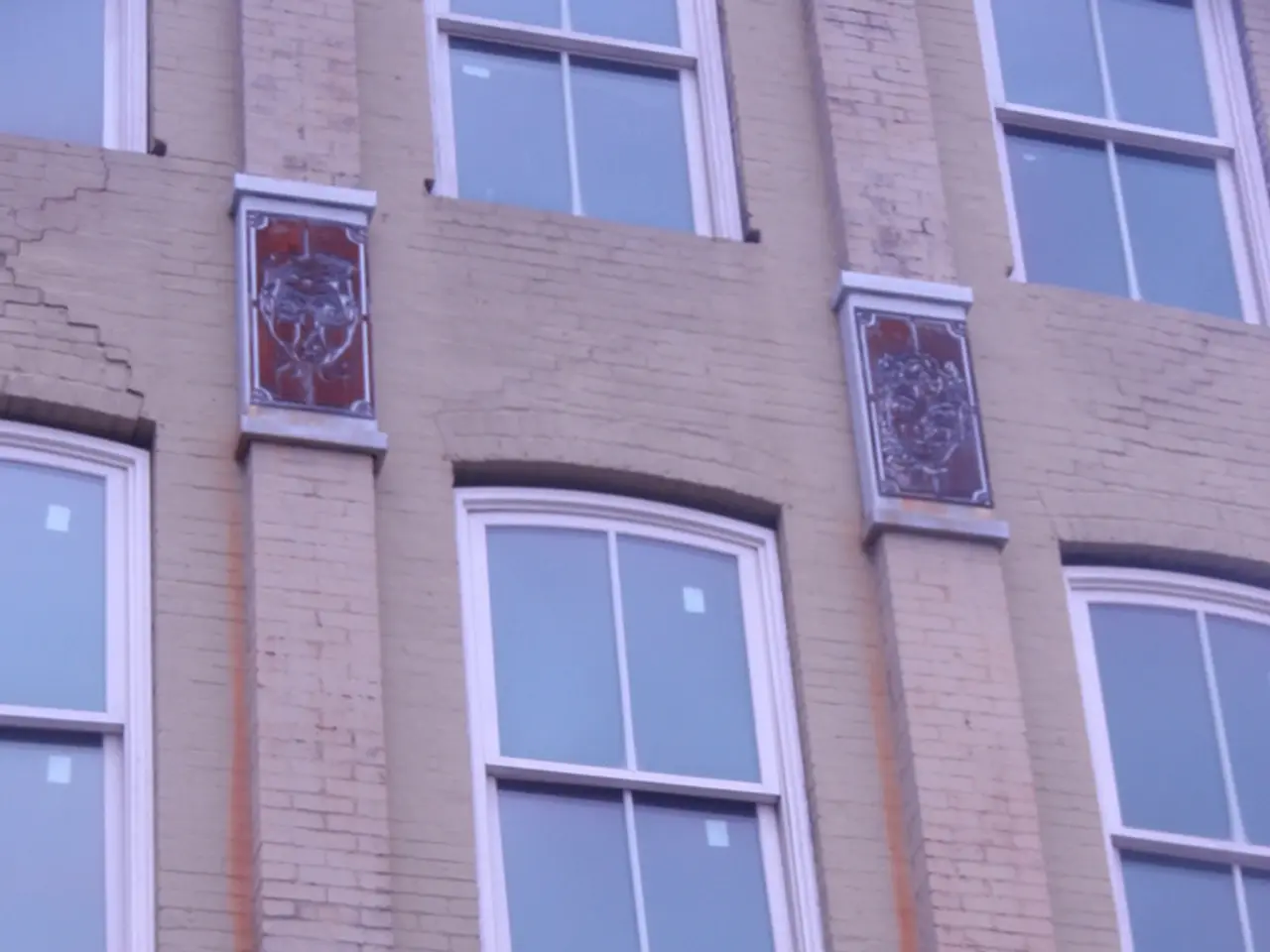Cutting-Edge Approaches to Transparent Construction Components
In the realm of modern architecture, the latest advancements in smart and structural glass technologies are revolutionizing commercial and public buildings. These innovations are focused on improving energy efficiency, security, noise control, and maintenance, ushering in a new era of sustainable and smart urban infrastructure.
Key Advancements and Benefits
One of the most exciting developments is the launch of retrofit solutions for smart glass by Research Frontiers, set to be unveiled in 2025. This affordable approach will accelerate adoption in both commercial and residential retrofit markets, tapping into a projected $12.5 billion global smart glass market growing at 14% CAGR through 2030. The technology enables dynamic control of light transmission, reducing energy consumption for heating, cooling, and lighting.
Commercial glazing manufacturers are also introducing advanced glazing products with superior thermal insulation and solar control features, which reduce energy waste. Innovations such as dynamic shading, integrated photovoltaics, and lightweight high-strength glass enable taller, complex building designs while minimizing energy use. Spandrel glass innovations with multi-layered coatings and low-iron variants improve solar reflectance and thermal performance, supporting compliance with regional energy codes and environmentally sustainable building certifications like LEED.
Smart acoustic panels, equipped with sensors, can adapt their sound-absorbing properties in real-time based on the ambient environment. Controlled via smartphones or integrated building management systems, these panels enhance occupant comfort by optimizing noise levels in workplaces, healthcare, and educational settings. They also emphasize sustainability, often using recycled materials.
Smart glass technology offers enhanced security features such as switchable opacity that provides privacy on demand. The integration of smart glass with IoT and building management systems allows automated responses to sunlight and security needs, improving both energy management and occupant safety.
Advanced coatings on structural glass—including ceramic frit and silicone-based coatings—improve durability, UV resistance, and adhesion, reducing maintenance needs and extending façade lifespan even in extreme weather conditions. Prefabricated and modular glazing solutions also streamline installation and reduce onsite construction time and costs.
The market for smart glass is projected to grow robustly, from $7.57 billion in 2024 to $12.68 billion by 2029 at a CAGR over 10%. Major players like Saint-Gobain and Guardian Glass are integrating cutting-edge coatings and collaborating with façade engineers to provide integrated building envelopes that combine aesthetics, efficiency, and functionality.
In addition to these advancements, insect mesh can be added alongside self-cleaning glass to keep out flies and other pests without blocking natural light. Transparent elements are now monitored for air quality, temperature, and occupancy. Commercial glass repair services advise on upgrades to the latest energy-efficient and secure glazing solutions. Building automation systems use this feedback to optimize lighting, airflow, and heating in real time.
Recent studies confirm that workplaces with adaptive light control report higher user satisfaction and productivity. Structural glass incorporates a resilient interlayer, usually polyvinyl butyral (PVB) or ionoplast, which prevents shattering even when broken. By modulating heat and sunlight in real-time, smart glass supports sustainability goals and can cut HVAC costs by up to 20%.
Frameless glass systems allow for giant glass panels that are held together with discreet hardware, offering nearly uninterrupted vistas. Self-cleaning glass reduces the need for chemical cleaning and cuts maintenance costs. The latest innovations in structural glass include glass that withstands earthquakes, hurricane-force winds, and even blast pressures.
In essence, advances in smart and structural glass—including retrofit-friendly smart glass, energy-efficient coatings, adaptive acoustic panels, and integrated smart controls—are enabling commercial and public buildings to achieve significant improvements in energy conservation, occupant comfort, security, noise management, and reduced maintenance. These advancements are paving the way for a more sustainable and efficient future in architecture and urban design.
Technology in the realm of modern architecture, such as smart glass, is revolutionizing commercial and public buildings by offering dynamic control of light transmission, reducing energy consumption for heating, cooling, and lighting. Innovations like integrated photovoltaics and lightweight high-strength glass not only allow for taller and complex building designs but also minimize energy use, making technology an essential component in the construction of sustainable and smart urban infrastructure.




